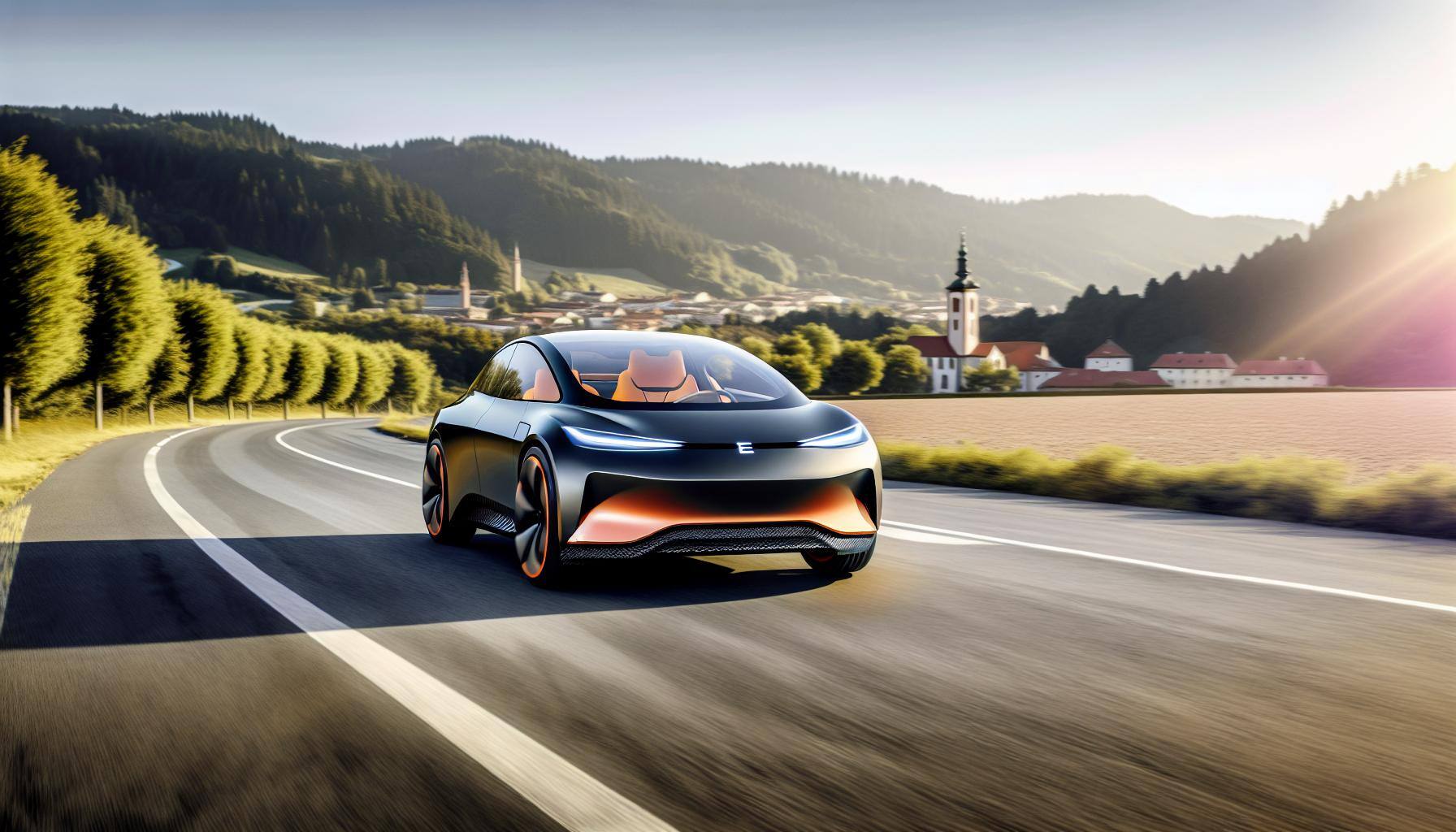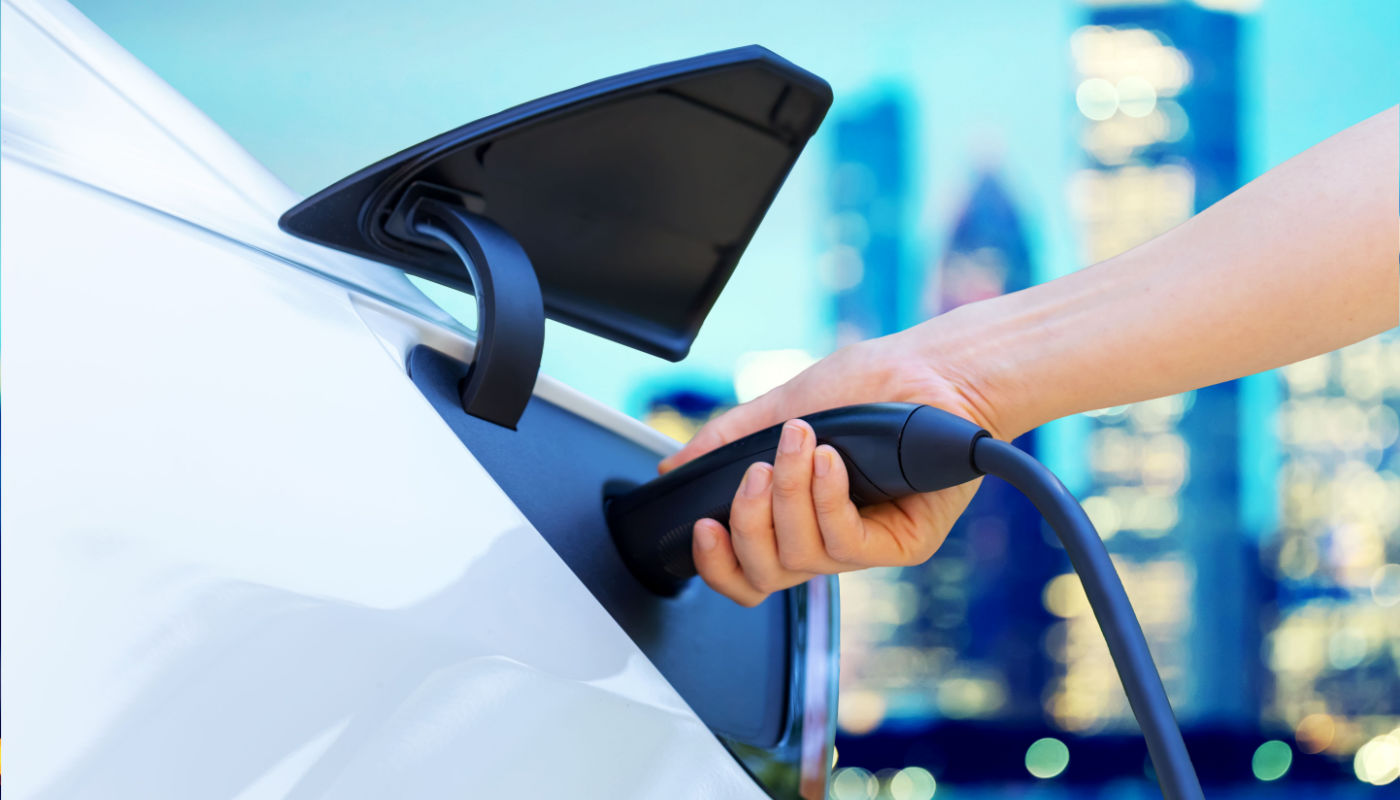1 min read
Hybrid Vehicle Inventory Strategy for Car Dealers
Dealers are facing a reality that doesn't match the industry predictions. Electric vehicles were supposed to transform dealership inventory by now,...
1 min read
Jeff Englishmen June 12, 2024

Dealers don’t need to be told about the difficulties of selling electric vehicles. With an average days-to-move of 91 days, they are well aware of the carrying costs and logistical challenges associated with selling EVs.
ZeroSum has written extensively about how dealers can overcome these challenges, most notably in its eBook entitled “A Dealer’s Guide to Moving Excess EV Inventory,” which was released in late 2023. Since that publication was issued, much has changed in the EV space, led by the relaxation of regulatory requirements and timelines. Those regulatory shifts not only lowered the 2032 EV production mix targets from 67% to 35%, but also opened the door to hybrids playing a more prominent role in the industry’s eco-friendly future.
Hybrids will undoubtedly act as a bridge to an electric future, but are also—as analytics firm Cloud Theory has put it— “the wave of the present.”
Consider the following:
In the latest 30 days, hybrid vehicles have significantly higher turn rates, lower days-to-move timeframes, and better Inventory Efficiency Index scores (which measures whether a make, model, or fuel type is getting its fair market share given its relative inventory position in the marketplace) than gas powered and electric vehicles.

Unlike EVs, hybrids are not subject to range anxiety or charging infrastructure concerns, and consumers have expressed their greater comfort with and interest in these vehicles through their purchase decisions.
Additionally, hybrid vehicles have wide geographical appeal. While EVs generally have higher turn rates in east coast and west coast states, hybrids are strong in heartland and southern states such as North Carolina, Illinois, Tennessee, and Indiana.

The list of top turn rate DMAs for hybrids is also geographically inclusive:

The implications for dealers across the entire country are clear and compelling. Hybrids will continue to be in high demand, and OEMs will have motivation to produce and support them more aggressively as the new regulatory realities affect their production and model mix decisions.
Dealer acquisition of hybrids (either through OEM allocations, via trade-ins, or at auctions) should therefore be a priority. And if a dealer does have a strong hybrid position in its inventory portfolio already, prioritizing those vehicles in marketing and listing hierarchies should be a key strategy.
Getting over the bridge to an electric future can wait. The hybrid “wave of the present” is upon us.

Electric vehicles (EVs) are energy efficient, quieter, contribute to a better environment, and require less maintenance than gas-powered vehicles....

“It was the machines, Sarah. Defense network computers. New... powerful... hooked into everything, trusted to run it all. They say it got smart, a...